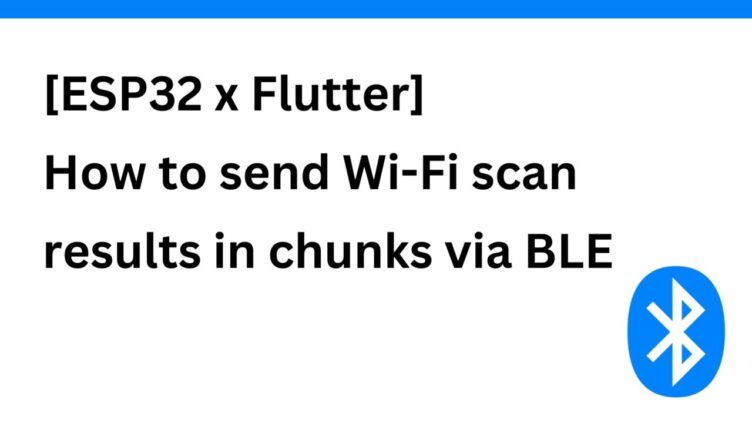
ESP32 + I2S microphone (INMP441) to implement speech recognition
Implement speech recognition using ESP32 and INMP441. This time, we only want to quickly verify if the signal is being processed from the I2S microphone, so we will do up to “Receive signal from I2S microphone → Display volume level and sample statistics in real time”.








